The UK is steeped in centuries of folklore, ghost stories, and eerie traditions. Castles, catacombs, and forests whisper tales of restless spirits and long-forgotten rituals, making the country a perfect destination for Halloween adventurers.
Here are six of the most atmospheric places to visit if you’re in search of a supernatural thrill.
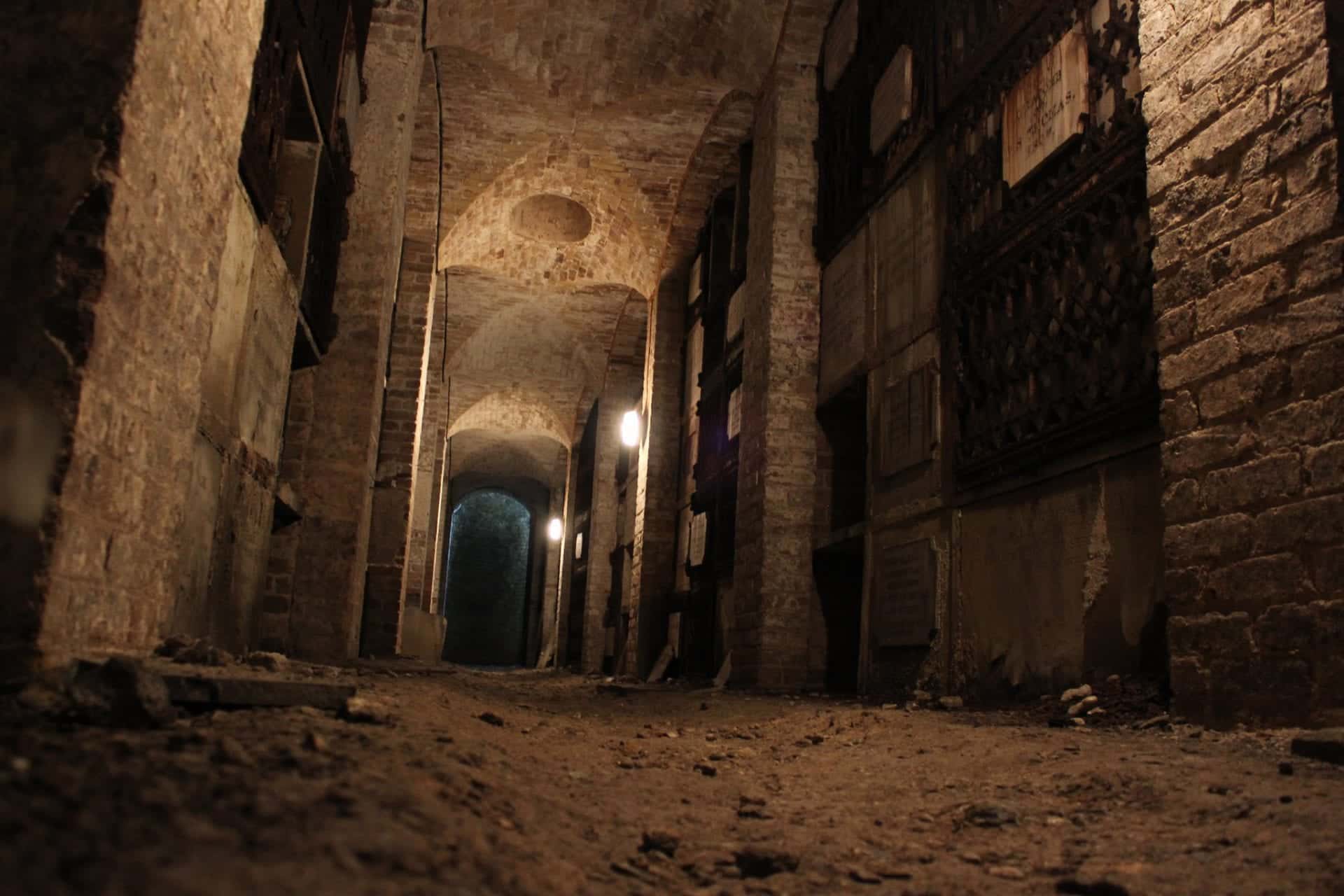
1 – West Norwood Catacombs, London
Located beneath West Norwood Cemetery, one of the “Magnificent Seven” cemeteries of London, lies a subterranean network of Victorian catacombs constructed in the 1830s to alleviate London’s overcrowded burial grounds.
Resembling a horror scene from a Bram Stoker novel, the catacombs are a haunting underworld of shadowy corridors and Gothic vaults, housing up to 3,500 coffins stacked in towering rows.
While the Catacombs are no longer open to the public as the structure has been deemed unsafe, you can still explore them remotely via a 3D self-guided tour – “Click Here”.
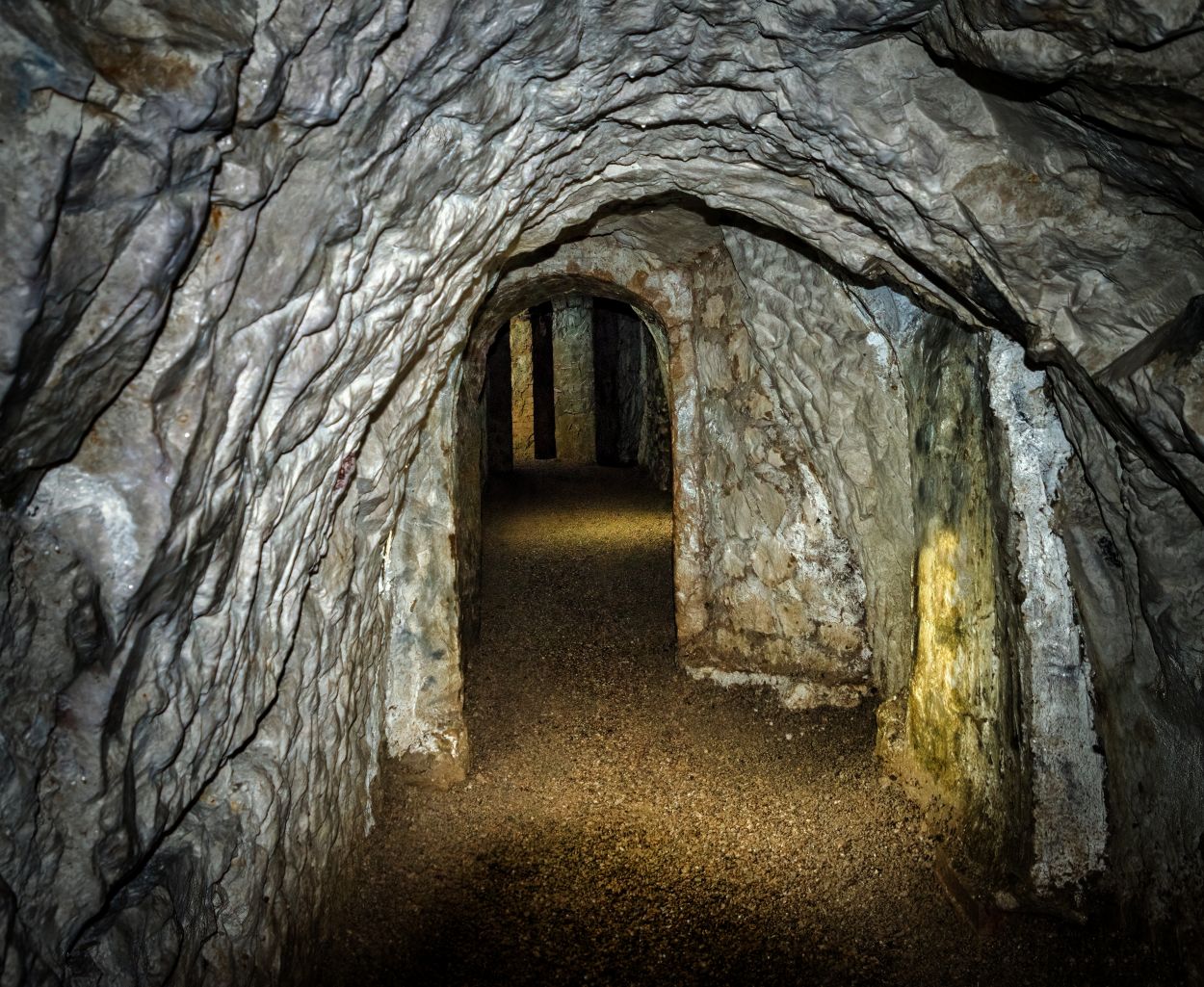
2 – Hellfire Caves, Buckinghamshire
Carved beneath the Dashwood family Mausoleum in West Wycombe Park is a labyrinth of tunnels and chambers used by the notorious Hellfire Club; a secret society rumoured to have gathered for black magic casting, satanic rituals, and hedonistic orgies.
The cave twists and narrows into shadowy passageways that guide you deeper into the darkness between the Steward’s Chamber, Whitehead’s Cave, Lord Sandwich’s Circle, Franklin’s Cave, the Banqueting Hall, the Triangle, and finally the Miner’s Cavern.
At the deepest point of the labyrinth lies the Inner Temple and the River Styx – a river in Greek mythology that forms the boundary between Earth and the Underworld. Here, it is said, the Hellfire Club gathered in secrecy, indulging in forbidden rituals and pleasures shielded from the outside world.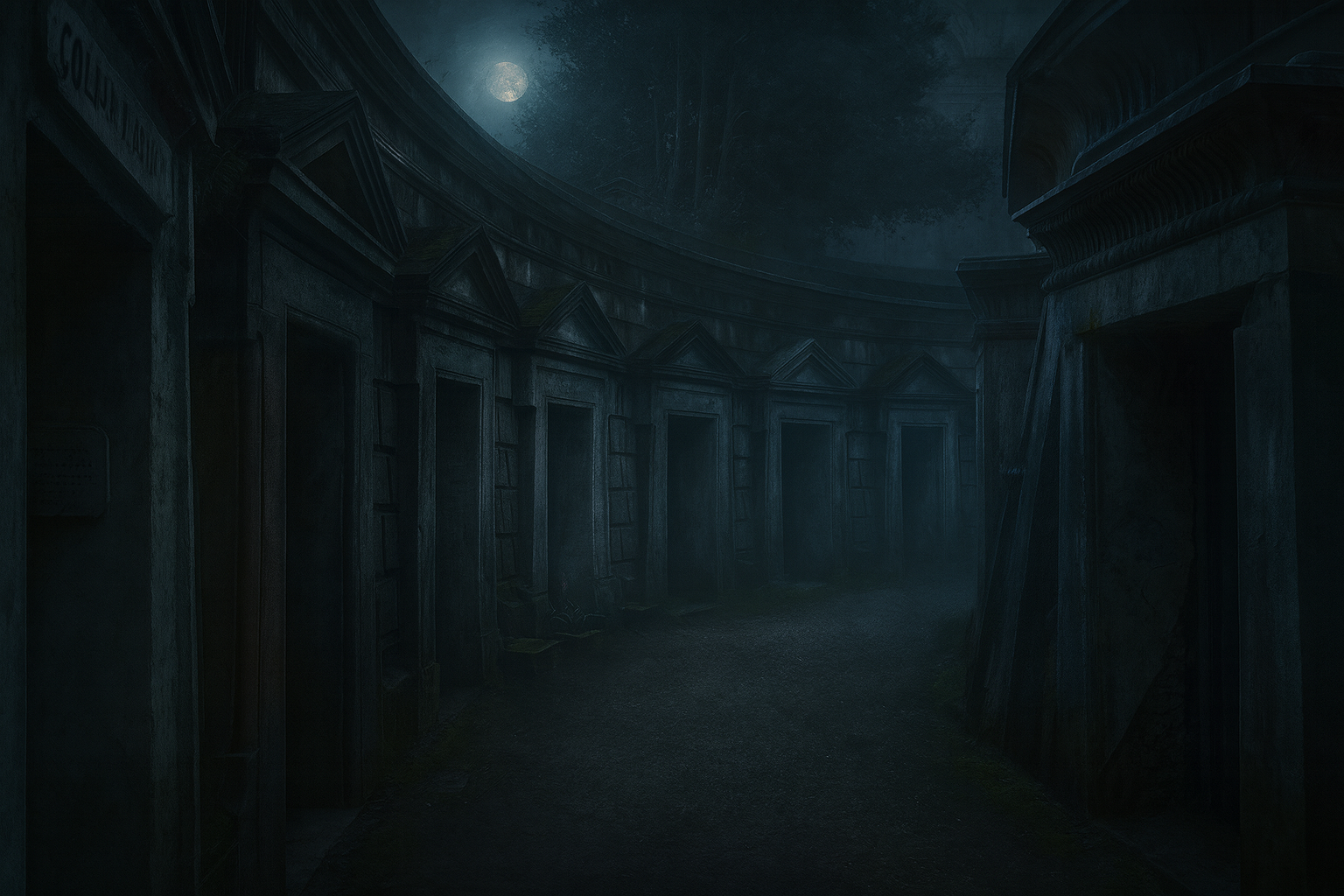
3 – Highgate Cemetery, London
Highgate Cemetery is another example of the Magnificent Seven cemeteries in London, constructed during the 19th century on the former grounds of the Ashurst Estate, descending the steep hillside from Highgate Village.
Within the ivy-choked walls, countless tales of restless spirits have taken root. Visitors speak of a tall, shadowy man in a wide-brimmed hat drifting between tombs, a ghostly cyclist gliding silently along the paths, and a pale woman in white who vanishes into the mist. Faces are said to leer from behind locked gates, a phantom figure is seen wading into the pond, and pale forms slip soundlessly among the gravestones. On still nights, the tolling of unseen bells and voices echo through the darkness.
But the most chilling chapter came on Halloween night in 1968, when fear of the so-called “Highgate Vampire” gripped North London. Whispers of a vampiric presence prowling the cemetery drove intruders to desecrate the graves, hammering a makeshift iron cross through a corpse in a desperate attempt to keep the creature from rising.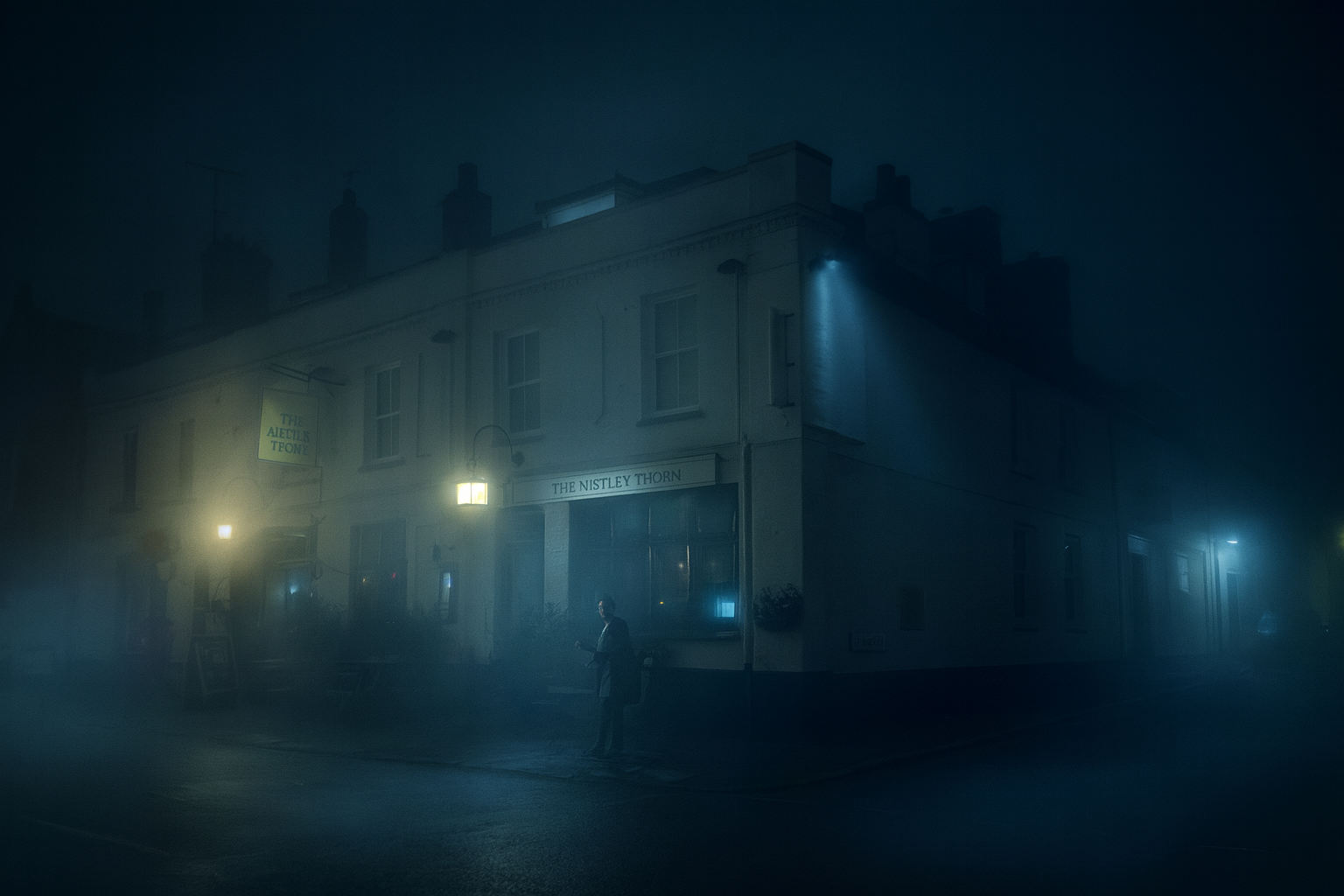
4 – The Mistley Thorn, Essex
Overlooking the River Stour, the Mistley Thorn stands on grounds once associated with Matthew Hopkins, the infamous Witchfinder General.
Hopkins published “The Discovery of Witches” in 1647, which was used as a manual for the trial and conviction of Margaret Jones in the Massachusetts Bay Colony in America.
Some of Hopkins’ methods were also employed during the Salem Witch Trials, resulting in hundreds of inhabitants being accused and 19 people executed.
Dozens of accused “witches” also suffered persecution at the site of Mistley Thorn, who were tried by Hopkins and sentenced to death.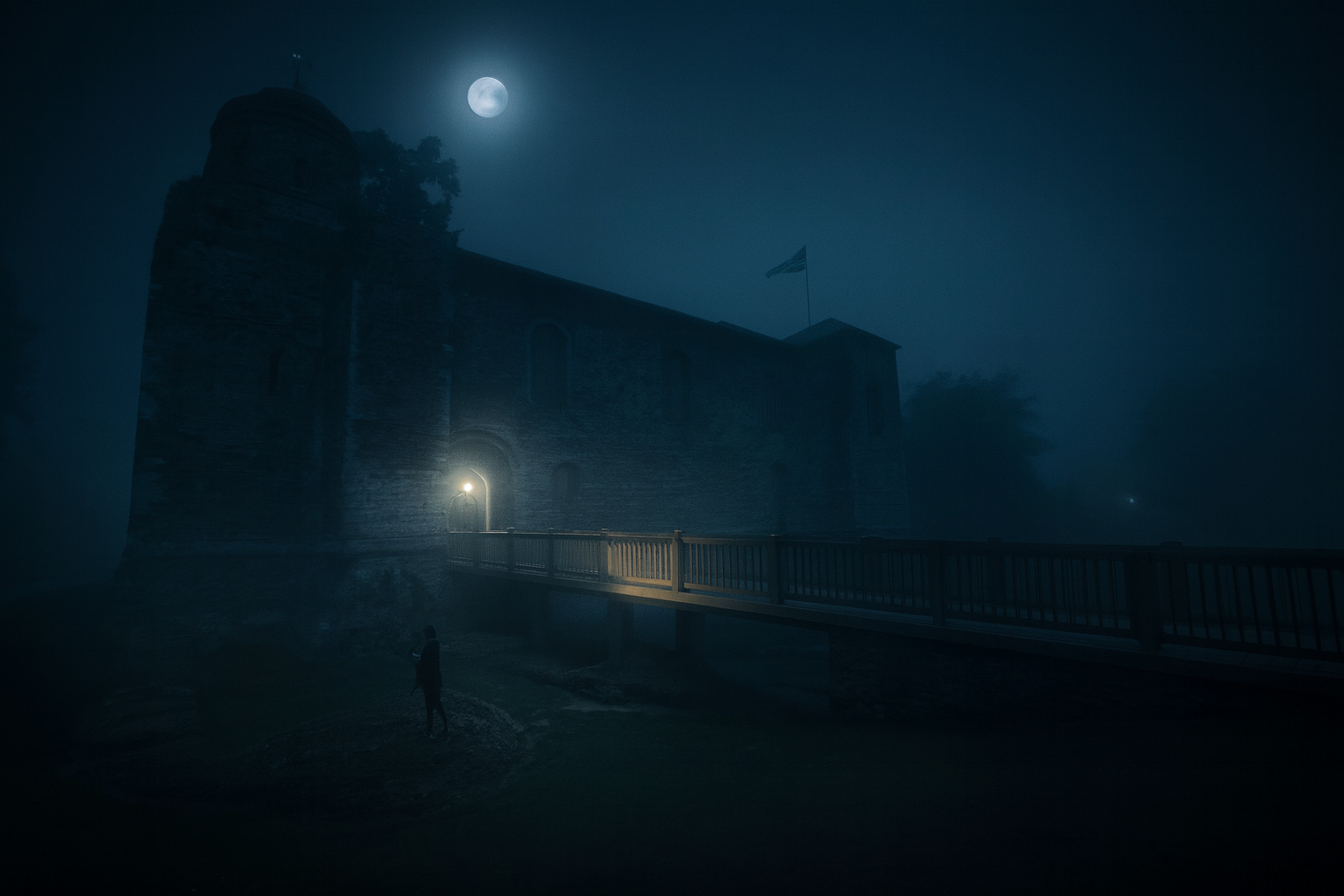
5 – Colchester Castle, Essex
Rising over the remains of the Temple of Claudius, Colchester Castle carries a legacy of conquest and cruelty dating back thousands of years.
On this very site in AD 60/61, desperate survivors sought refuge as Boudica’s army of rebels swept through Camulodunum. For two days the temple withstood the siege, but when its defences finally gave way, the sanctuary became a slaughterhouse, and all within were put to the sword.
During the 17th century, the castle served as the county prison, where in 1645 Matthew Hopkins interrogated and imprisoned suspected witches.
Over the years, castle staff have spoken of chilling encounters that defy explanation, from voices murmuring in empty rooms, a sinister ticking that echoes through the halls, pale faces pressing against darkened windows, and shadowy figures gliding silently along the staircase before vanishing into the stone.
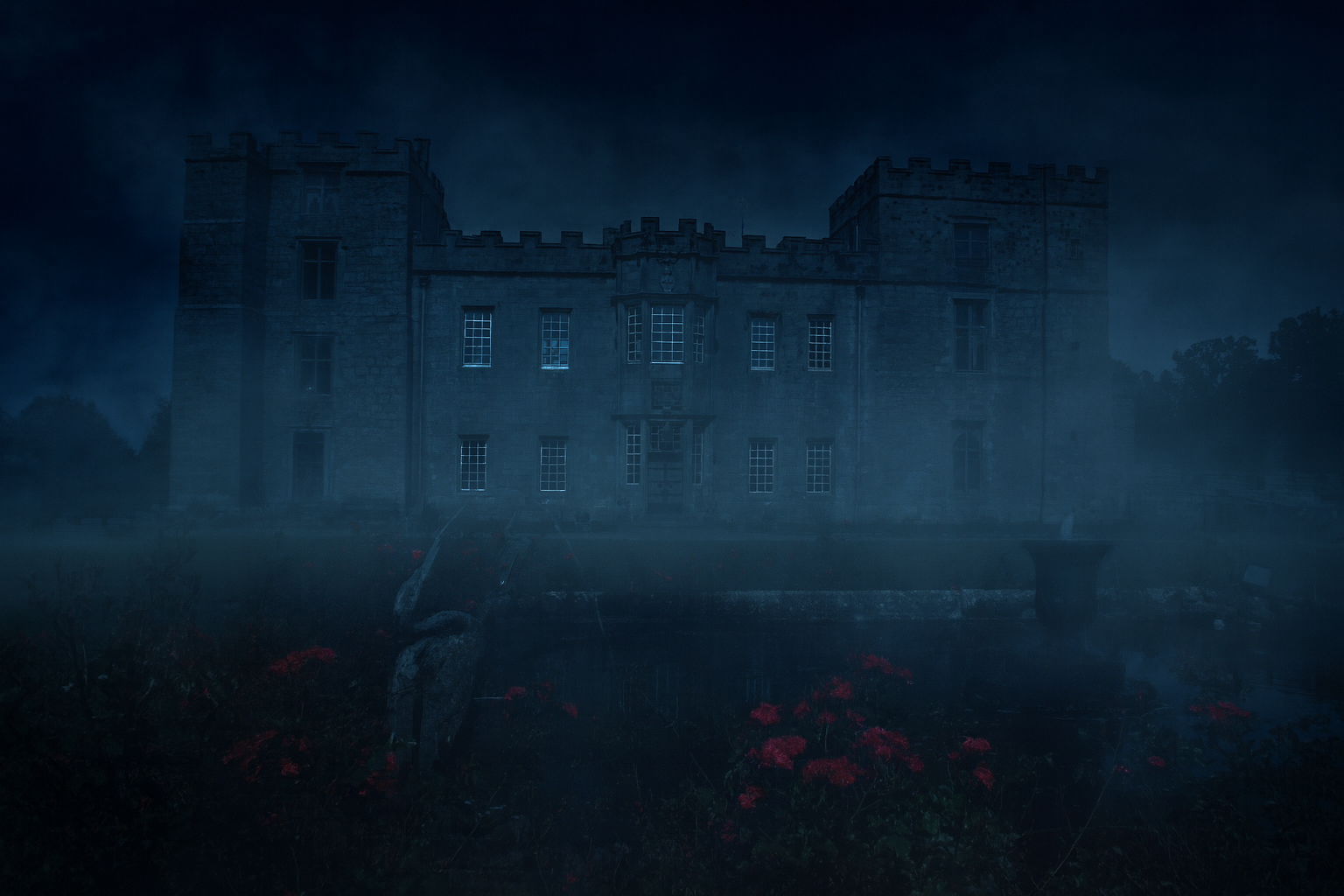
6 – Chillingham Castle
Chillingham Castle is a 12th-century medieval fortress, famed for its turbulent history which has sparked numerous ghostly legends, earning it a reputation as one of the most haunted places in Britain. Originally built as a stronghold on the Anglo-Scottish border, the castle has witnessed centuries of conflict, sieges, and executions, its walls steeped in bloodshed and betrayal.
Visitors are drawn by tales of the “Blue Boy,” whose ghost is said to haunt the Pink Room, often heralded by a chilling blue light and the distant cries of a child. Equally haunting is the presence of Lady Mary Berkeley, a sorrowful figure who endlessly roams the corridors in search of her unfaithful husband, leaving behind an eerie sense of longing and despair.
Other accounts speak of ghostly monks, disembodied voices, and unexplained footsteps echoing through the stone halls, intensifying the castle’s atmosphere of dread.






